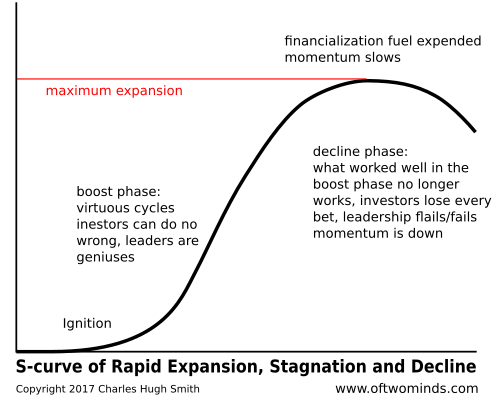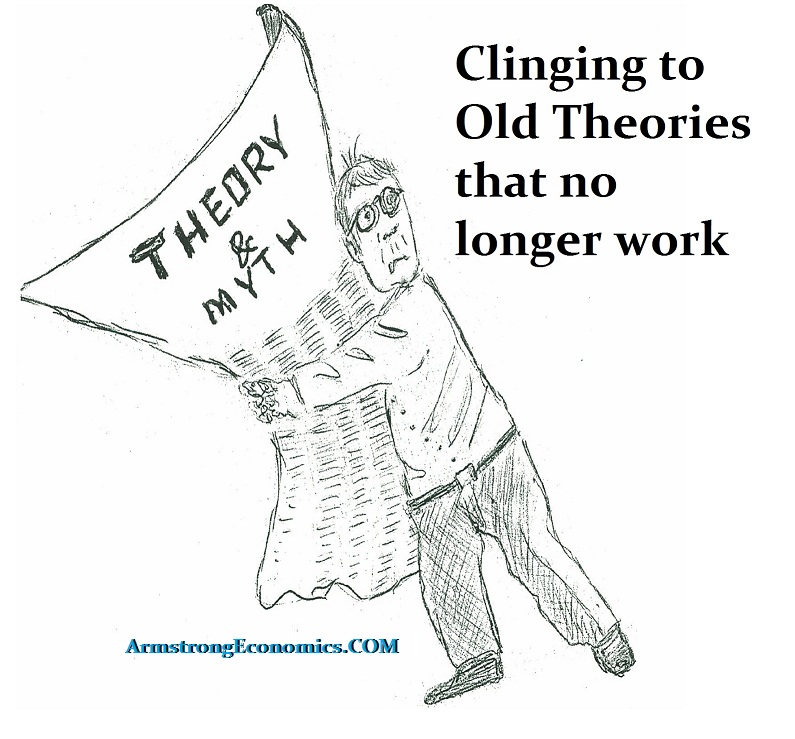Corporate Credit – A Chasm Between Risk Perceptions and Actual Risk
Shifts in Credit-Land: Repatriation Hurts Small Corporate Borrowers
A recent Bloomberg article informs us that US companies with large cash hoards (such as AAPL and ORCL) were sizable players in corporate debt markets, supplying plenty of funds to borrowers in need of US dollars. Ever since US tax cuts have prompted repatriation flows, a “$300 billion-per-year hole” has been left in the market, as Bloomberg puts it. The chart below depicts the situation as of the end of August (not much has changed since then).
 Short term (1-3 year) yields have risen strongly as a handful of cash-rich tech companies have begun to repatriate funds to the US.
Short term (1-3 year) yields have risen strongly as a handful of cash-rich tech companies have begun to repatriate funds to the US.
Now these borrowers find it harder to get hold of funding. This in turn is putting additional pressure on their borrowing costs. At the same time, the cash-rich companies no longer need to fund share buybacks and dividends by issuing bonds themselves.
The upshot is that the financially strongest companies no longer issue new short term debt, while smaller and financially weaker companies are scrambling for funding and are faced with soaring interest rate expenses – which makes them even weaker.
As Bloomberg writes:
What is really noteworthy about this is that as these corporate middlemen are getting out, the quality of fixed-rate securities available to the rest of the investoriat continues to deteriorate in the aggregate.
Risk Perceptions vs. Risk
Meanwhile, despite the fact that euro-denominated corporate debt is reportedly still selling like hot cakes, both spreads and absolute yields have increased markedly in euro as well since late 2017 (as yields on German government debt are used as sovereign benchmarks for the euro area and remain stubbornly low, credit spreads on corporate and financial debt have increased almost in tandem with nominal yields).
…click on the above link to read the rest of the article…























